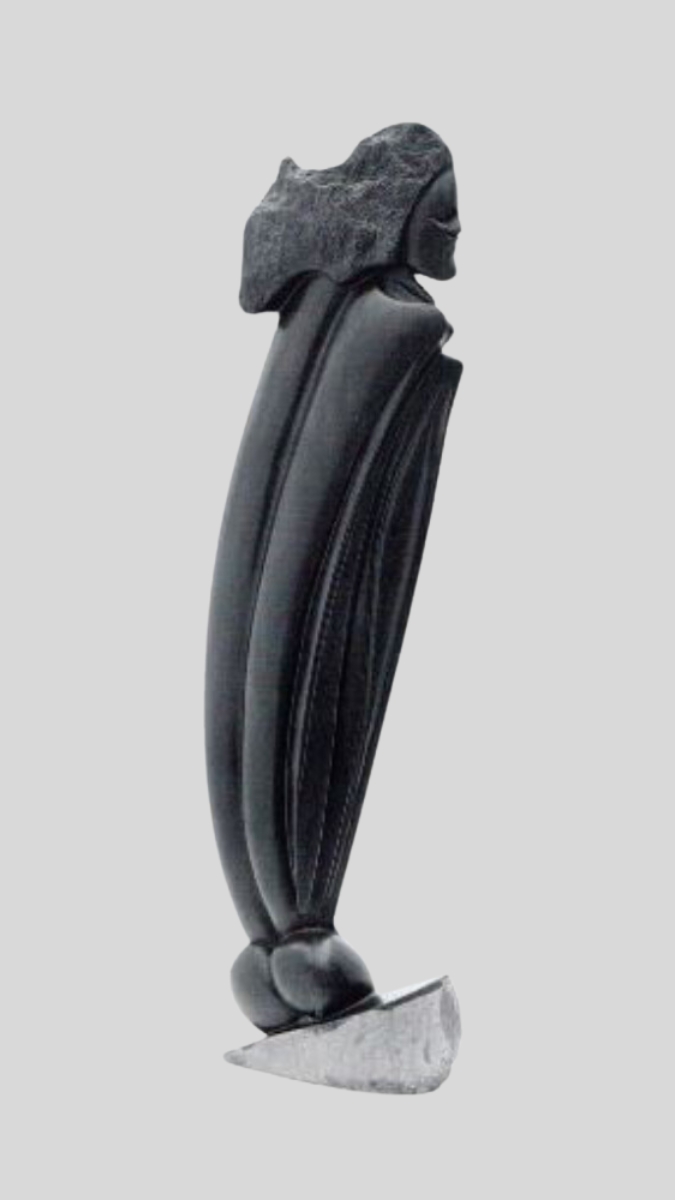Lonely Woman (Shona sculpture by Sampson Kuvenguhwa)
Loneliness is a universal human experience that transcends cultural boundaries. Regardless of culture, people can feel disconnected, isolated, and alone at different times in their lives. This can happen for a variety of reasons, such as the loss of a loved one, living in a new environment, or feeling socially excluded.
In the Shona culture, which is one of the largest ethnic groups in Zimbabwe, art has always played an important role in expressing and reflecting the cultural and social experiences of the people. The Mapiti style, which is the style used by Sampson Kuvenguhwa, is characterized by a unique blend of realism and abstraction, and often depicts human emotions and experiences.
In Sam Kuve's carving of a lonely woman, he portrays a sense of isolation and sadness that is relatable to anyone who has ever experienced loneliness. The carving is likely to evoke empathy and understanding from people of different cultures, as the feeling of loneliness is a universal human emotion.
In summary, while cultural expressions of loneliness may differ, the feeling of loneliness is a universal experience that transcends cultural boundaries, and can be portrayed and understood through various forms of art.

Black Serpentine Stone. Click here to learn about the stones used in Zimbabwe by sculptors.
Carved by Sampson Kuvenguhwa - Sam Kuve Stands about 70cm high.